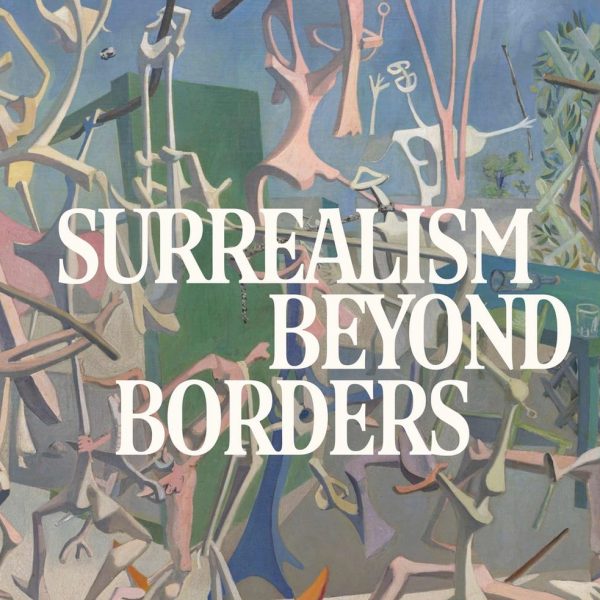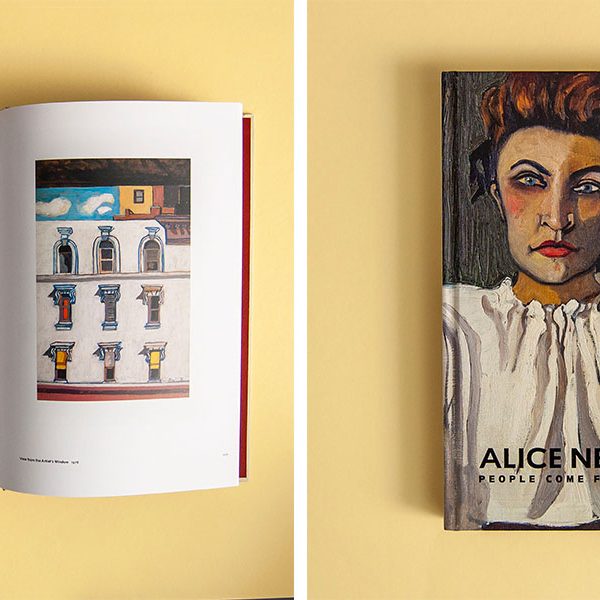Notes from a Native New Yorker: Touring Kevin Roche’s Museum Attractions, and the Park Zoo
Michelle Stein
 Kevin Roche is an architect whose roots lay in mid-century modernism. He was one of the primary architects at Eero Saarinen’s firm, and when Saarinen passed away in 1961, Kevin Roche and another Eero Saarinen and Associates partner John Dinkeloo founded KRJDA, where Roche has worked since. Eeva-Liisa Pelkonen‘s new study, Kevin Roche: Architecture as Environment, spans the full range of Roche’s career and his impact on major sites worldwide.
Kevin Roche is an architect whose roots lay in mid-century modernism. He was one of the primary architects at Eero Saarinen’s firm, and when Saarinen passed away in 1961, Kevin Roche and another Eero Saarinen and Associates partner John Dinkeloo founded KRJDA, where Roche has worked since. Eeva-Liisa Pelkonen‘s new study, Kevin Roche: Architecture as Environment, spans the full range of Roche’s career and his impact on major sites worldwide.
Roche’s most famous works in the city are perhaps buildings like the Ford Foundation headquarters or his contributions to the United Nations complex, but those visiting New York City are likely to be stopping in a number of museums. With that in mind, here are a number of spots where Kevin Roche contributed to the design of some of the major museum—and zoological—attractions in New York.
The Metropolitan Museum of Art
Eighty-second Street and Fifth Avenue
Roche became involved in the plans for expansion of the Metropolitan Museum of Art at their start in 1967 with a master plan he completed in 1970, and work remains ongoing on this plan. If you visit the Lehman galleries and the Temple of Dendur (the Egyptian galleries as a whole were also extensively renovated), both acquisitions a major impetus for the expansion, you will see Roche’s efforts. The plan caused some ire for its encroachment on Central Park, as well as the idea of the Met over expanding. The latter concern may not have been completely off base, as another major aspect of the project was concentrated on how millions of visitors would flow through the space. All curatorial departments of the museum were affected by Roche’s careful planning, allowing for two systems of viewing: both the galleries of masterworks and surrounding galleries which offered a more thorough look at the work of the department. There was also, though, an effort to change how information was offered in the museum, culminating most clearly in the Egyptian wing, which moved beyond the wall panel to provide more information and even a section for reading.
Central Park Zoo
Sixty-fourth Street and Fifth Avenue
Similar to Roche’s work at the Metropolitan Museum of Art (not only in the eight years it took to complete, which was twice as long as was intended), the work of the Central Park Zoo was in large part a renovation, although the renovated original buildings do not contain any of the exhibitions of live animals. The zoo had nine buildings from the 1930s remaining, and Roche used four of them in the renovation. He maintained the original trees and sculptures from the original park, as well as renovating the sea lion pool, which serves as a central and memorable point in the zoo. Roche’s additions to the zoo were intentionally understated. One of his renovated buildings includes a bookstore, which in some ways also recalls the changes made at the Metropolitan Museum, criticized for emphasizing itself as an attraction more than a house for art. On the other hand, Roche could be said to have recreated the idea of directing traffic based on subject matter with the three areas that make up the zoo—temperate, tropic, and polar—to distinguish spaces. In his review of the renovated zoo for the New York Times, Paul Goldberger expressed great satisfaction with the renovation, explaining that the renovation did away with the cages that held the animals in the buildings that were replaced.
Jewish Museum
Ninety-second Street and Fifth avenue
Roche’s renovation of the Jewish Museum was designed after the museum decided not to build a nineteen-story tower. Instead Roche create a museum from seven floors and three buildings, leaving the original façade of the Warburg Mansion and creating another façade to match it. The changes in the plans were in the interest of maintaining harmony in the community, who were concerned about the renovation of an historic building. Again like his work at the Metropolitan Museum, Roche was charged with creating a cohesive space that properly supported the running of a museum and the movement of its visitors.
Museum of Jewish Heritage
Thirty-six Battery Place
This museum, located in Battery Park City, is one of Roche’s more recent non-renovation museum projects, and there was also a building expansion completed not long after the original structure. The initial structure is meant to recall the Star of David, and thus serve as the “Living Memorial to the Holocaust” described in its full name. Its expansion provided spaces for lectures and films, offices, and other resources.
Michelle Stein is a former Yale Press intern and recent Vassar College graduate. She lives on the Upper West Side in New York.



